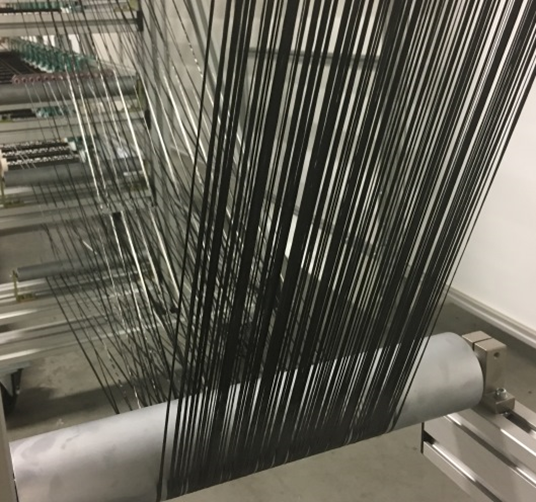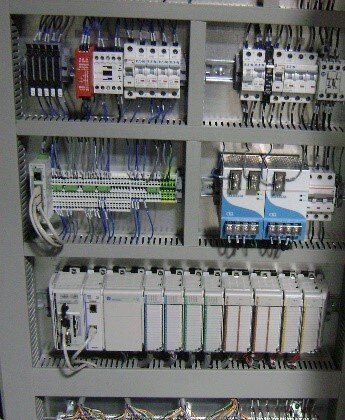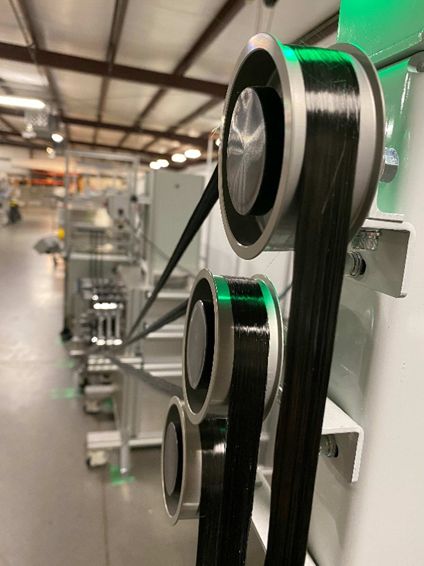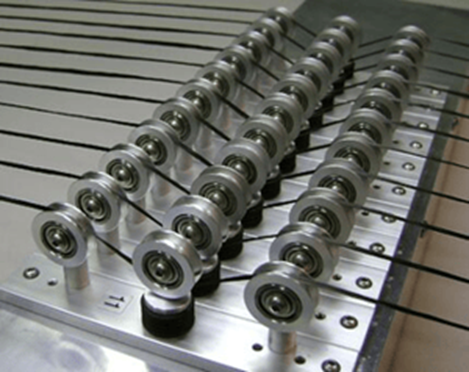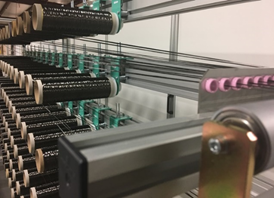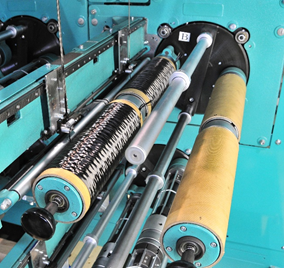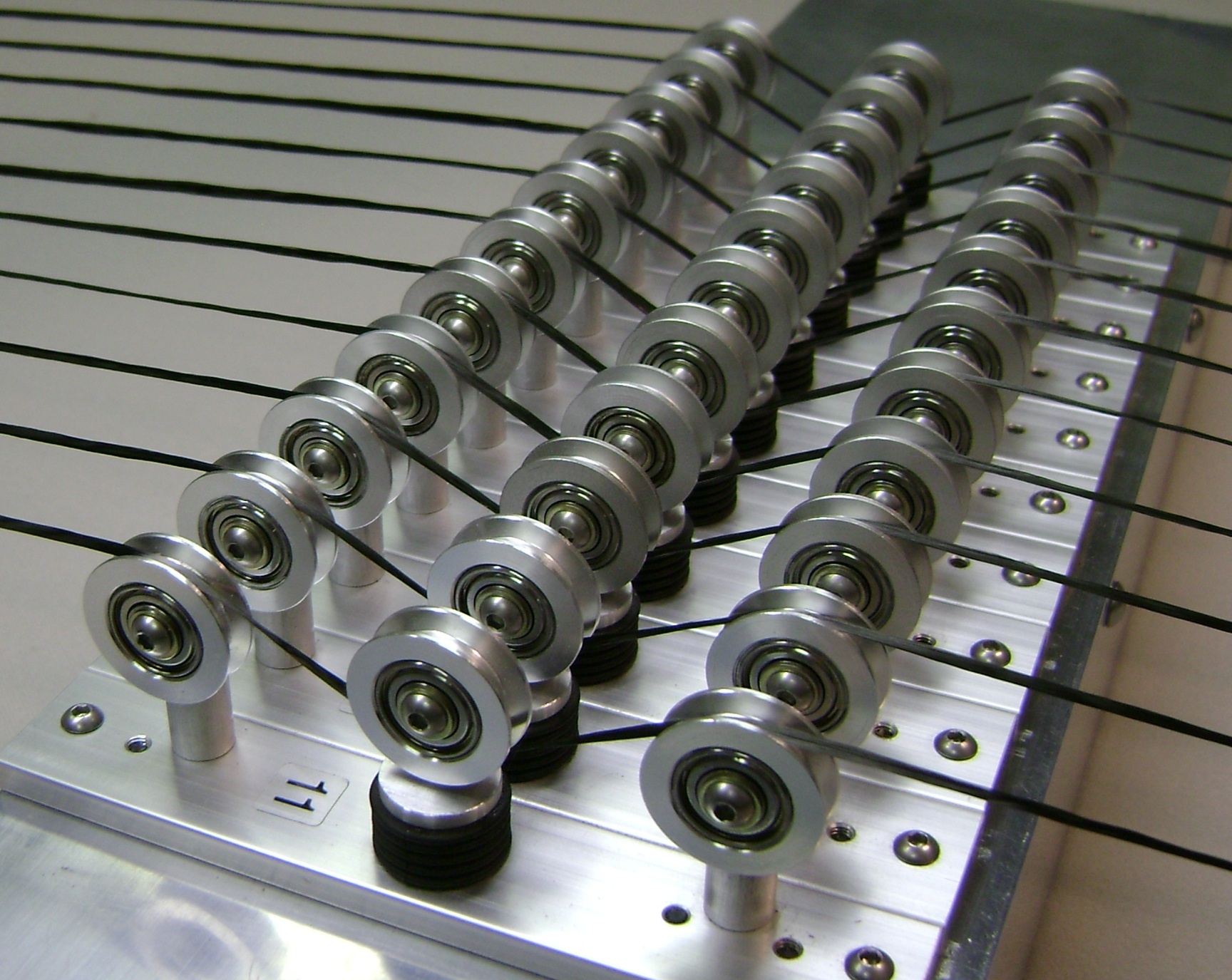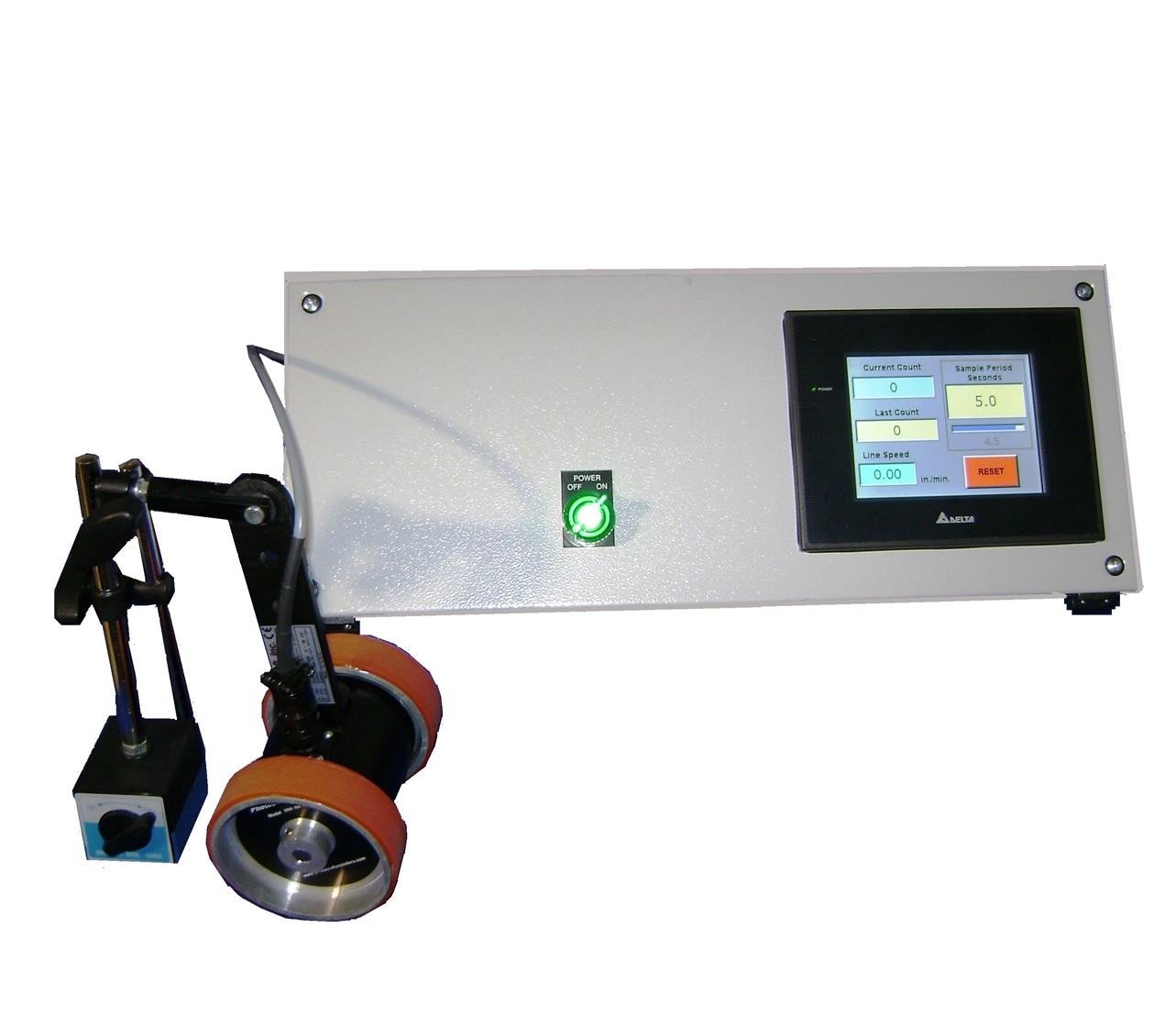The importance of the accuracy of the tension coming off of a creel or let-off is forgotten at times. Extensive design effort is put into the equipment to actually produce the sheet or tube formed from carbon fiber or other high-performance fibers, but in many cases the front end of this process is overlooked.
The accuracy of tension coming off of the creel can influence the mechanical properties of the part, and either enhance or degrade it depending on the tension control. In some cases, it is not the absolute value of tension which is important, but the minimization of deviation of tension between ends. A single tow of fiber with higher tension than the others could degrade a UD sheet or a pultruded part…. etc.
We have many success stories from our customers implementing our creels. Uniformity and improved characteristics of a UD sheet or tape, better mechanical properties observed in a pultruded part, stronger filament wound products, and better strength in a woven fabric.

